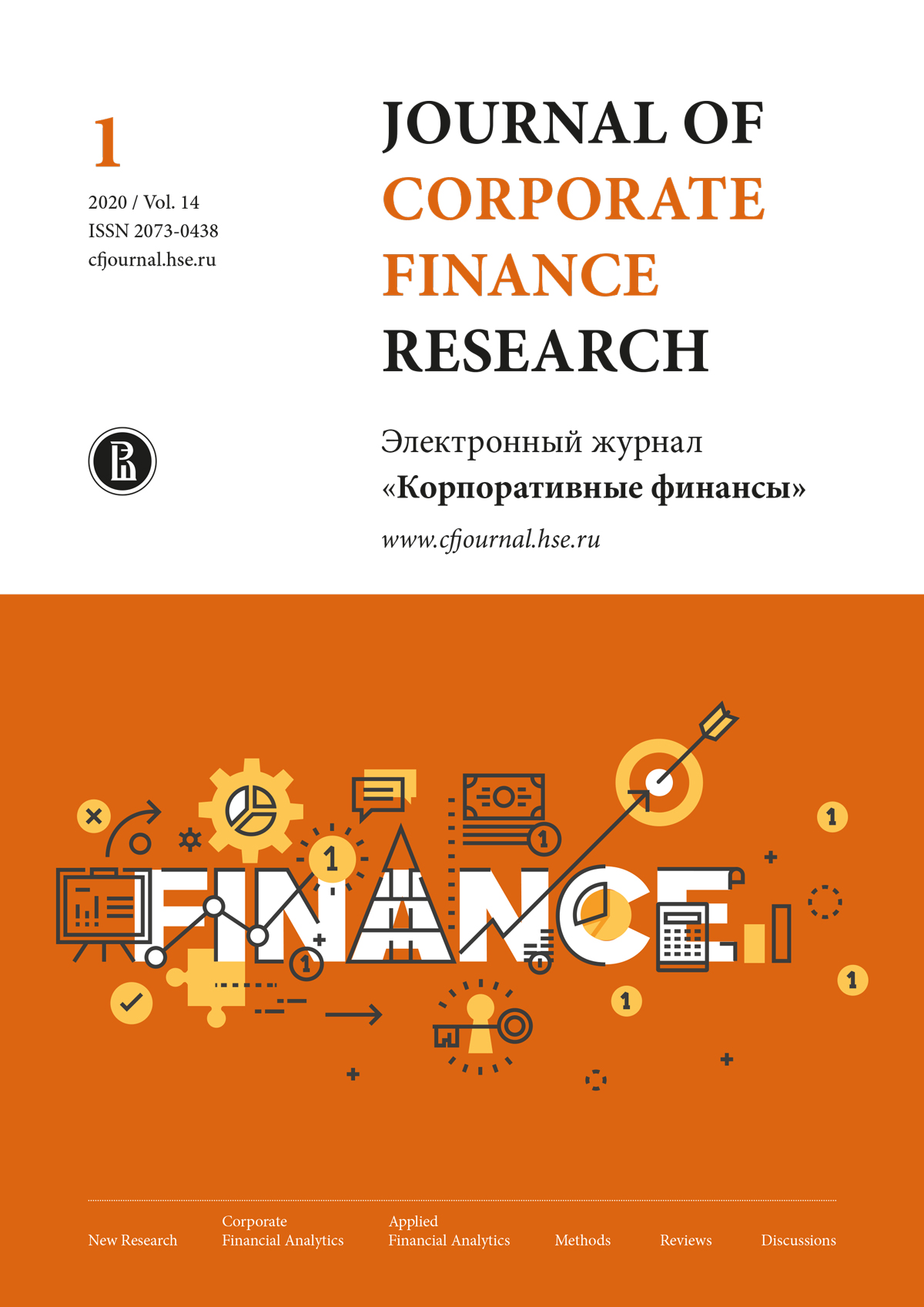Capital Structure in Emerging Markets: Evidence from China
Abstract
Although corporate capital structure has been intriguing to scientists for a number of years, very little research has been conducted on the topic for companies in emerging markets. The purpose of this paper is to investigate the determinants of capital structure using a sample of 195 non-financial firms from emerging markets in 2012-2016.
The inclusion of a specific dataset from Chinese companies lends vital focus to this investigation and provides crucial ballast for the investigative function. The final sample contains data on 57 China companies and 90 other companies of emerging markets. Our article focusses on identifying the determinants of capital structure of Chinese companies in comparison with companies of other BRIC countries (Brazil, Russia, India), and sets out a series of hypotheses concerning capital structure with domestic and international variables. We compare and contrast our data using a series of custom evaluation models based on linear regressions.
The results confirm positive impact of tangibility on total debt ratio due to a high share of capital-intensive industries in the sample. It is revealed that growth rates and firm size have positive impacts on financial leverage in Chinese companies as compared to other BRIC countries, and these effects are stronger in capital-intensive industries. We illustrate how a strong negative impact of ROA has increased in recent years, and connect this phenomenon to a considerable decrease in lending rates following a large-scale stimulus program which encouraged Chinese companies to borrow money instead of relying on retained earnings. The presence of the Chinese state in the ownership structure of companies is revealed to be significant for the majority of Chinese companies, especially for the oil and gas and metallurgical sectors.
Our conclusions highlight the importance of government policies and special market conditions in explaining the financing behaviour of companies in emerging countries like China. While capital structure choice varies significantly across industries, nevertheless the differences between Chinese and other BRIC companies reflect the differences in the institutional structure of financing mechanisms in countries. This research and evaluation is especially timely considering the increased focus on Chinese commercial exposure on the world stage, a tendency which is bound to increase research interest in the near future across a range of disciplines. As such, our study and our broad range of conclusions will prove invaluable for students, researchers, policymakers, and decision makers in business, commerce, politics and academia at all levels.

